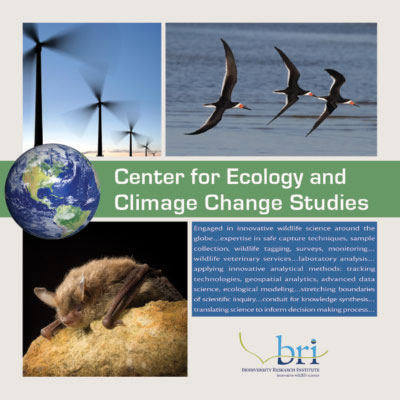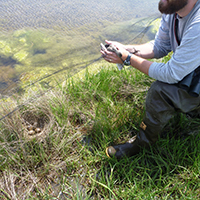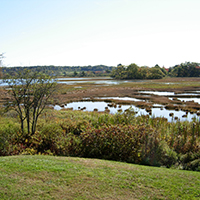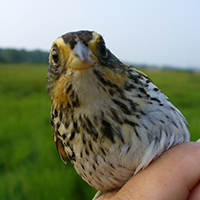Highlighted Taxa We Study
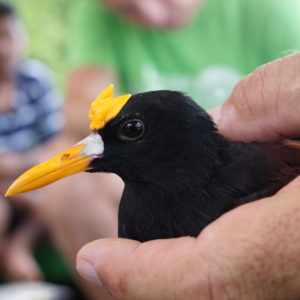
Birds
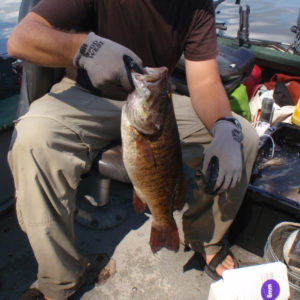
Fish
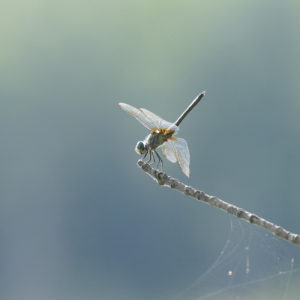
Invertebrates
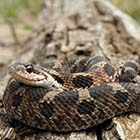
Reptiles
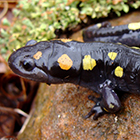
Amphibians
Wetlands are among the most important ecosystems on Earth; they support extensive food chains and rich biodiversity and provide unique habitats for various wildlife. They also act as environmental regulators, functioning as downstream receivers of water and waste from natural and anthropogenic sources, mitigate floods, protect shorelines from storms, and cleanse waters by filtering out pollutants.
Wetland ecosystems worldwide are being impacted by multiple stressors ranging from wetland alteration and loss of habitat from residential and commercial development, rising sea levels, invasive species, and exposure to toxic pollutants.
Why We Study Wetlands
Wetland ecosystems provide habitat for a broad diversity of species, some of which are declining and of high conservation concern. Faced with the devastating loss of habitat and threats from pollution, wetland obligate species are under considerable pressure. Studying the effects of these stressors on behavior, physiology, survival, and reproductive success provides critical information on the status of populations and health of wetland ecosystems. BRI’s wetlands studies inform stakeholders and policy makers and allow for the development and implementation of effective conservation strategies.
Contaminants Monitoring
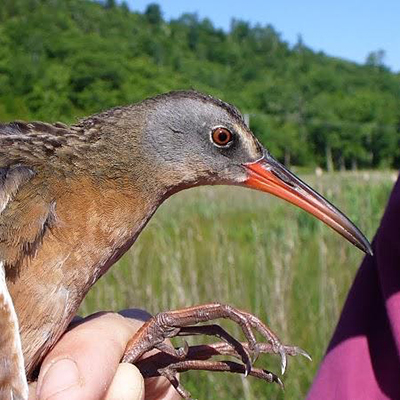
Wetland obligate birds and fish serve as good bioindicators of the overall health of wetland ecosystems. By sampling blood, feathers, and eggs, and analyzing these for contaminant concentrations, we can assess short-term exposure of wildlife to contaminants, and monitor long-term trends.
LEARN MORE about Contaminants Monitoring >
Wetlands projects with a focus on contaminant monitoring include:
- Quantifying mercury exposure in North American arctic-breeding shorebirds. 2009, 2012, and 2013
- Mercury monitoring of Rusty Blackbirds in the Northeast U.S. and Canada. 2009, 2020
- Determining mercury exposure in Northeast breeding Eastern Willets throughout their annual cycle. 2010-2014
Natural Resources Damage Assessment (NRDA)
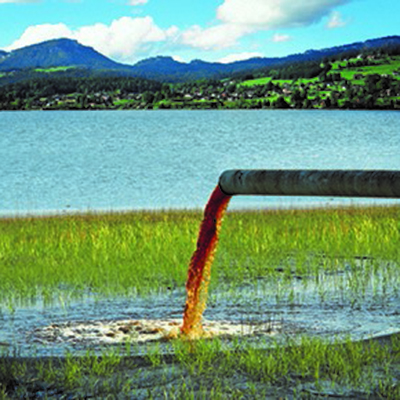
BRI is contracted by federal agencies to assess damage to natural resources due to contaminants exposure from industrial point source pollution. Due to the potential or pending litigation between the trustees and the responsible parties we are unable to present our findings here, however, representative NRDA projects are listed below.
Representative NRDA projects include:
- Pilot assessment of mercury exposure to songbirds in Pompton Lakes, New Jersey, 2014
- Assessment of mercury exposure to songbirds in the marshes of Piles Creek and South Branch Creek, New Jersey, 2010-2011
- Penobscot River Estuary mercury exposure study, 2006-2010
Food Web Studies

BRI studies mechanisms for the transfer and bioaccumulation of methylmercury within wetland food webs by conducting a detailed study of our indicator species and their prey items. We use stable isotope analysis to determine the trophic relationships among prey species and our focal species and to assess methylmercury transfer within a food web.
Wetlands Program projects with a food web component include:
- Evaluation of mercury and PCBs in birds on Onondaga Lake, 2008-2009
- Penobscot River Estuary mercury exposure study, 2006-2010
- Injury screening study of contaminant exposure in fish, bats, and birds, Pompton Lakes, NRDA study, 2014
Inventory and Population Studies
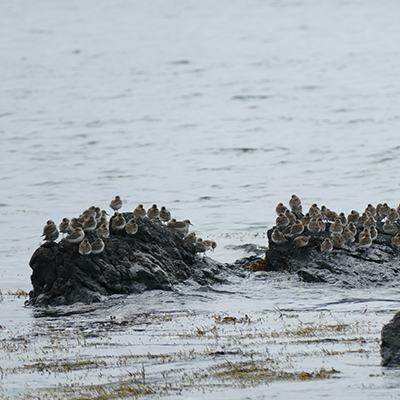
We conduct surveys designed to measure the distribution and abundance of species, often those that are of conservation concern, and to track trends in populations over time. We utilize an array of techniques for surveying wetland species, including passive visual and acoustic surveys, surveys designed to elicit responses from target species, or through either active or passive capture surveys.
Wetlands projects that focus on population monitoring include:
- Shorebird and tern surveys at NCTAMSLANT DET Cutler, Maine, 2017,2020
- Remote Acoustic Unit data analysis of rare wetland bird songs in New Jersey, 2012-2013
- Assessment of water level management on breeding marsh birds, ME, NH, 2018
Movement and Tracking Studies

Movement studies help us learn critical information about the behavior and ecology of focal species, providing opportunities to assess conservation needs across space and time at varying scales. In the Wetlands Program, we have deployed light-level geolocators to track bird migrations between North and South America, nanotag transmitters to track local movements and determine fall migration stopover sites, and VHF tags to track local movements within breeding grounds.
LEARN MORE about Movement and Tracking Studies >
Wetlands Projects with an Animal Movement focus include:
- Determining Migratory Connectivity of Eastern Willets Breeding in the Gulf of Maine, 2011-present
- Mapping shorebird movements to determine habitat use, length of stay, and pre-migration condition of shorebirds using beach and saltmarsh staging habitats in the mid coast and southern regions of Maine, 2014-2016
- Assessment of water level management on breeding marsh birds, ME, NH, 2018
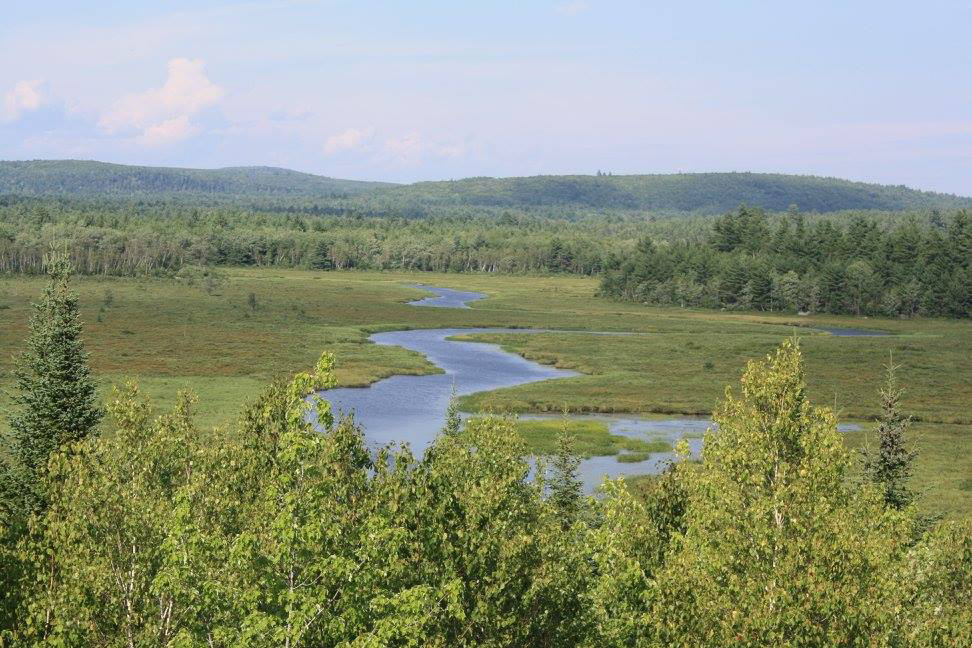
Photo Credits: Header photo © Kevin Regan. Study subjects: Northern Waterthrush © Ken Archer; Bass ©Kevin Regan; Invertebrate © Kevin Regan; Reptile © Shutterstock; Amphibian © Shutterstock; Habitat photo © Kevin Regan

